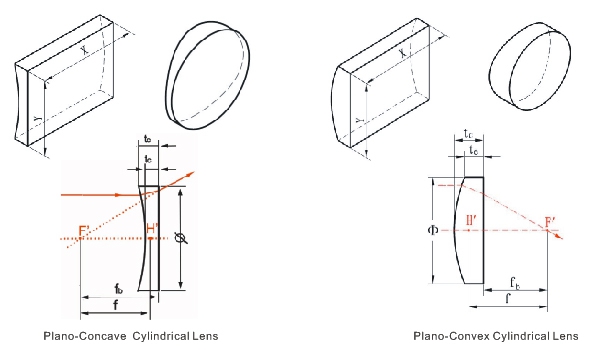When it comes to window profiles, there are several common types like 828 and 888. These numbers refer to the width of the frame, with 828 being approximately 8.3 cm wide. Brands such as Guangzhou Nordson and Feng Aluminum are well-known in this industry. The standard thickness is usually 1.2 mm. The 828 profile offers strong sealing performance, with a semi-circular top on the roller track and a wider front frame for the sliding window. However, if you can opt for 888, it's generally better, especially for higher-floor neighbors. Just be cautious—some fake or counterfeit versions like 888 or 898 may exist. Pay attention to the surface paint adhesion. Powder-coated finishes tend to have stronger adhesion, while regular paint may peel off easily. You can test it by gently scratching the surface with a nail to check for durability.
Next, inspecting the glass is crucial. Visual inspection can help identify the quality. Look for flatness and check for defects like bubbles, inclusions, scratches, lines, or fog spots. Poor-quality glass may warp over time, reducing its transparency, mechanical strength, and thermal stability. Also, ensure that the processing meets standards—check the size, precision, and clarity of any patterns. Examine the edges for chips or imperfections.
There are two main types of installed glass: ordinary flat glass and tempered glass. While they look similar at first glance, tempered glass often has a small stamp on one corner (like "XX Steel") and a 3C certification mark. Another way to identify it is by observing stress patterns under light. Tempered glass, which undergoes heat treatment, may show subtle blue-gray streaks or irregular shapes when viewed from different angles. This method can help you spot the difference before installation.
Lastly, check the hardware components like the bottom wheels, door locks, and other accessories. The smooth operation of the sliding window largely depends on the pulley quality. Before installation, make sure the pulley looks clean and free from burrs or uneven rotation. Once installed, the window should slide smoothly without sticking or vibrating. The door lock should close securely—poor-quality locks might feel rough or have sharp edges. High-quality locks, on the other hand, should be smooth, firm, and easy to use.
When evaluating balcony windows, consider aspects like structural stability, air tightness, water resistance, and wind pressure. Here are ten key points to keep in mind during construction:
- The frame should be precisely made to match the actual balcony dimensions. It shouldn't be too small, and the top must reach the ceiling or beam level.
- Aluminum alloy frames should be fixed using expansion screws at 90-degree corners. If the wall is weak, fill the gaps with foam and seal the exterior with silicone.
- The middle track frame should be higher than the original railing. Seal the seams between the upper and lower parts with silicone, and ensure the opening is smooth to avoid damaging the sliding mechanism.
- Avoid drilling through the top of the aluminum slide. Instead, drill on the side or bottom and seal the hole with silicone.
- Fill the gap between the frame and the wall with foam, especially if the space is large. Finish with silicone sealing on the outside.
- All grooves should be free of burrs to prevent damage to the sliding parts.
- Add rubber seals between the glass and the frame. These should function similarly to those found on living room sliding doors.
- Ensure proper grouting under the frame. Pour cement slurry beneath the aluminum frame, create a proper slope, and maintain it regularly. Apply a silicone seal between the slope and the frame, along with waterproof coating.
- Fix the lower frame to the concrete platform using iron sheets for added stability.
- It's best to drill the air conditioning pipe hole through the concrete platform rather than the glass to avoid cracks.
Cylindrical Lens is used to correct astigmatism in the eye, and, in rangefinders, to produce astigmatism, stretching a point of light into a line.They are available in either Plano-Concave Cylinder Lens or plano-convex cylinderical lens configurations. Plano-Concave Cylindrical lens has a negative focal length and are used for image reduction or to spread light. Plano-Convex Cylinder lens has a positive focal length, which makes the cylindrical lens ideal for collecting and focusing light for many imaging applications. Every sizes,materials cylindrical lens are available according to your detailed parameters.
Some styles of cylindrical lens have antireflective coatings to increase the transmission of light through the cylindrical lens.
Fused silica cylindrical lens is ideal for demanding laser machining and medical applications.

Specification of our plano-concave cylinder lens or plano-convex cylinderical lens, meniscus cylinder lens as follow:
*Material: BK7,Ge,UV-grade fuse silica(JGS1,JGS2,JGS3)or other optical materials
*Dimension Tolerance: +0.0 -- -0.1mm
*Center Thickness: +/-0.1mm
*Focal Length Tolerance: +/-1%
*Surface Quality:20/10
*Surface Figure: lambda/2 at 633nm on plano side
*Clear Aperture>90%
*Chamfer: 0.25mm at 45 degree typical
*Coating Optional
Plano-Convex Cylindrical Lens,Plano Convex Cylindric Lens,Plano-Convex Cylinder Lens,Achromatic Cylindrical Lens
China Star Optics Technology Co.,Ltd. , https://www.csoptlens.com
![<?echo $_SERVER['SERVER_NAME'];?>](/template/twentyseventeen/skin/images/header.jpg)